Green Season Safari Guide to Southern Africa
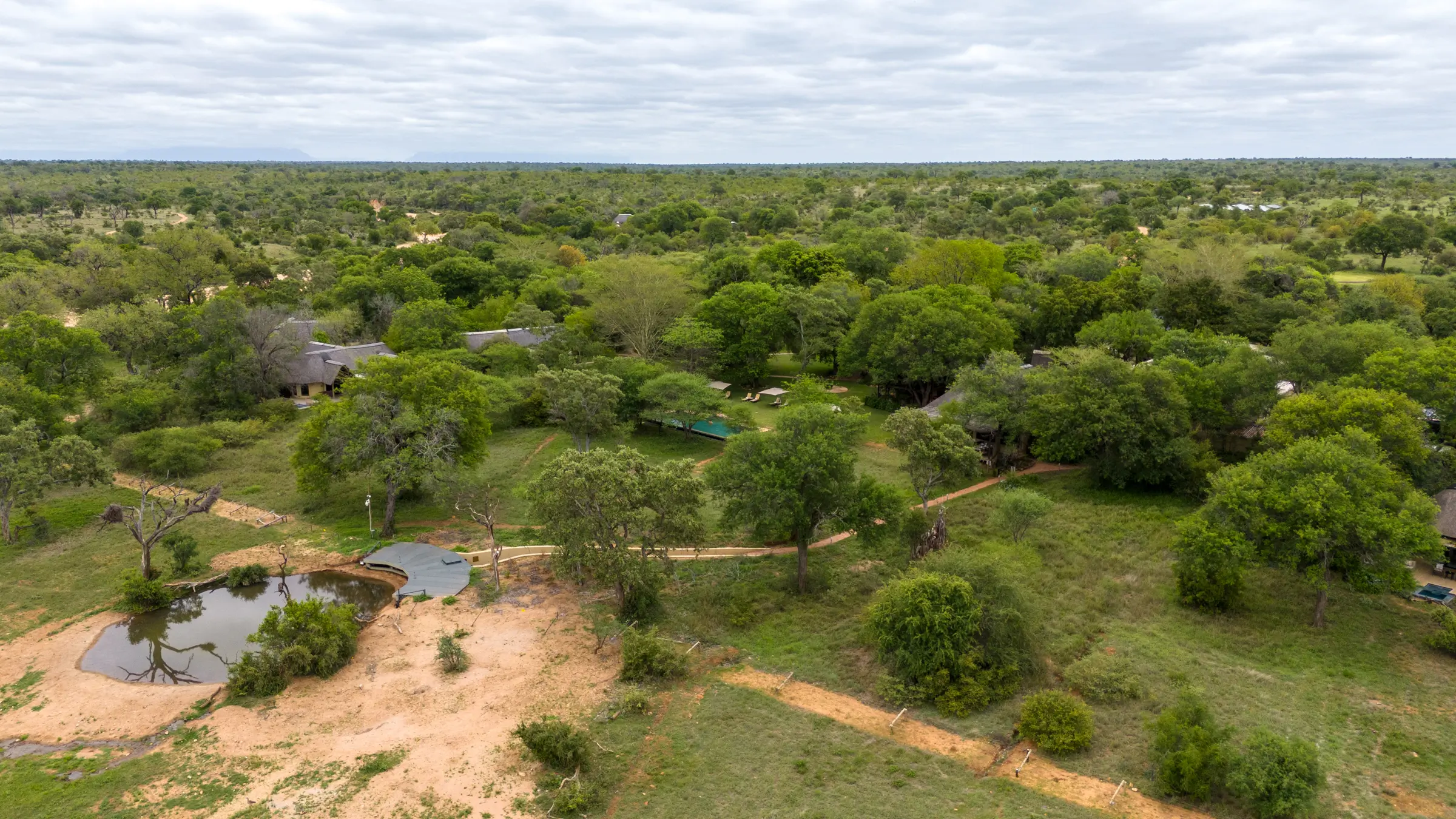


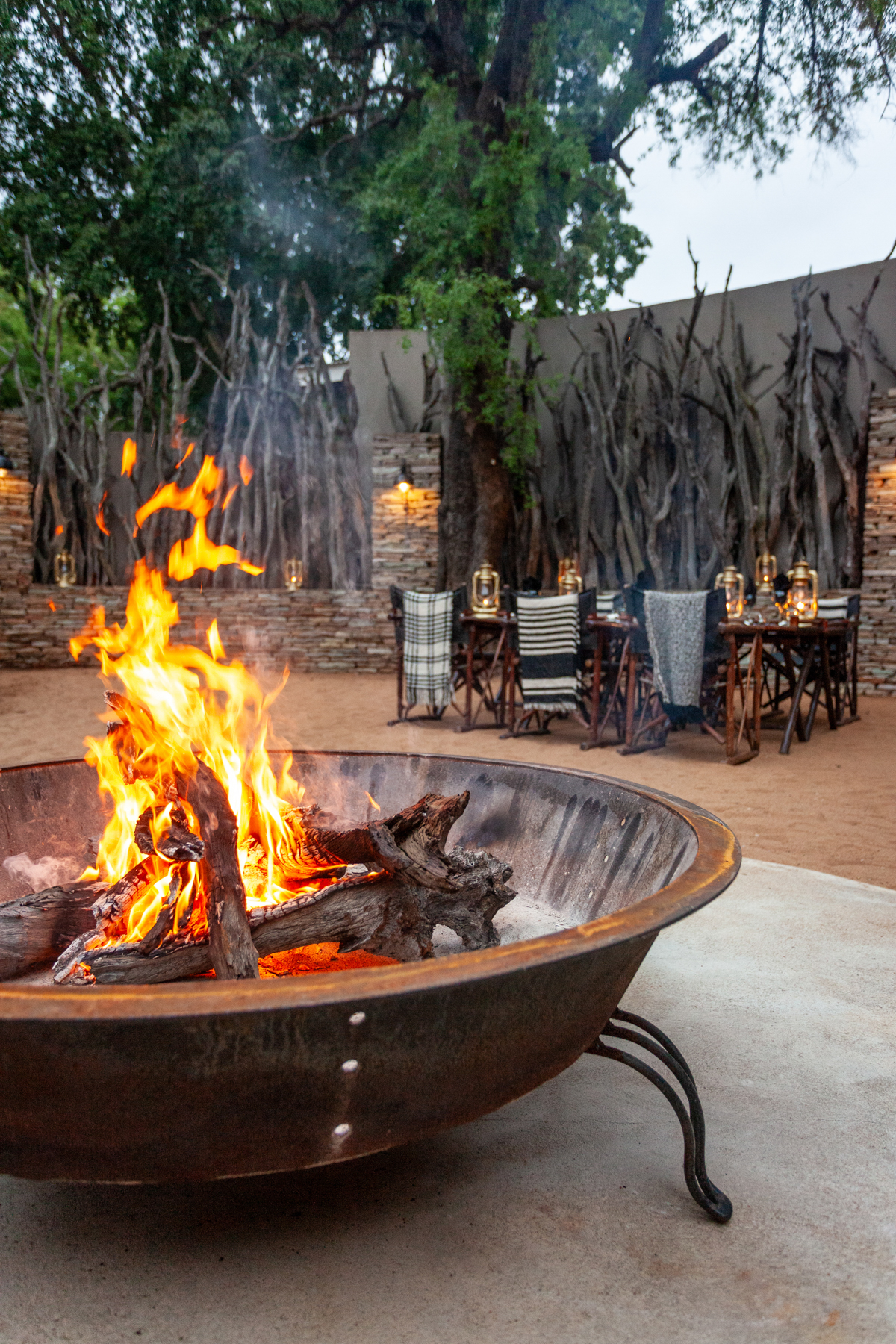
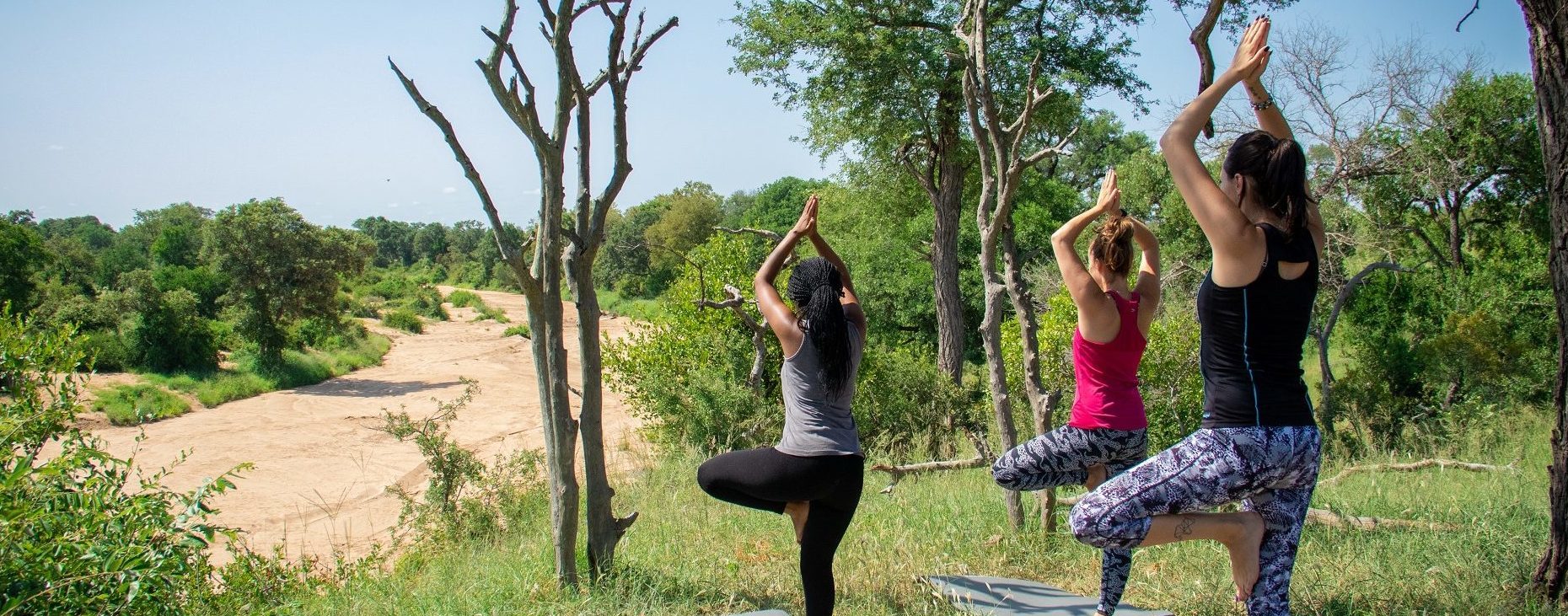

Happy Hour: Kings Camp Style
‘On safari, we have happy hour on every day that ends in ‘y’.‘
After all, what could be better than ‘cheersing’ the end of another day in the bush with your favourite cocktail in hand? Whether it’s at the bar at Kings or at a scenic sundowner spot mid-game drive – guaranteed we’ll have your drink of choice and frosted glasses at the ready.
Grab a drink, and let us walk you through some of the happy hour highlights you can look forward to during your stay.
The timeless tradition of the ‘sundowner’
Sundowners are one of those enduring safari traditions and one of the greatest pleasures of a holiday in Africa. Rooted in colonial times, the drink of choice at the end of the day was a gin and tonic, thanks to the quinine in it – which was well-known as a malaria treatment at the time. Quinine was taken in the evening to pre-empt the mosquitoes they knew would come out after sunset.
To make the quinine more palatable, early pioneers mixed it with gin – a standard-issue Gordons Gin that came in their ration packs, along with lime juice. Over time, the lime juice evolved into tonic water and thus, the gin and tonic was born.
‘Happy all the way from my head to mojitos.’
Luckily, malaria is of lesser concern for travellers nowadays and though tonic still contains the smallest trace of quinine, the drink has remained a traditional safari staple. The barmen at Kings Camp make the most delicious G&Ts with gins made locally and from around the world if you wish to stick with tradition.
Happy Hour at Kings Camp Bar
Forego the afternoon game drive and sip on an ice-cold cocktail in the open-plan informal lounge and bar – the perfect spot for seeing out the heat of the day. Our expert barmen are on hand to craft a classic G&T or your favourite tipple of choice.
Settle into a leather chesterfield to enjoy your drink or climb to the top of our thatched viewing deck over-looking the waterhole to watch for wildlife wandering by.
Alternatively, our swimming pool, positioned just metres away from the waterhole, is a wonderful respite from the warm temperatures for which the Greater Kruger National Park is known.
Sundowners in the bush
Having a sundowner in the bush is arguably one of life’s greatest pleasures and no one does it in classic safari style quite like the team at Kings Camp. Mid afternoon game drive, in a scenic spot overlooking the Timbavati no doubt, hop off the game viewing vehicle to stretch your legs as twilight descends.
Over snacks and an ice cold drink, we like to follow the age-old safari tradition and slow down to salute the end of another day in Africa as the sky turns from orange to crimson and violet. In contrast to the fast pace of modern life, the sundowner is our favourite excuse to stop, take in the stillness of the bush and marvel at the beauty of nature.
Once darkness descends, enjoy the drive back to camp on the lookout for nocturnal creatures which start to emerge before a shower and dinner back at camp.
Conclusion
When enjoyed responsibly, a few drinks on safari provide a wonderful way to unwind and embrace the surrounding natural beauty. For us, toasting the end of the day celebrates being in the moment with loved ones. We look forward to creating a safari holiday that will leave lasting memories for years to come.
Stay With Us
Book your stay at Kings Camp for an incredible luxury safari experience jam-packed with breathtaking wildlife sightings. If you’re interested in booking your getaway to our wild corner of South Africa, please don’t hesitate to get in touch with our reservations desk at book@kingscamp.com.
Alternatively, click here and make use of our quick and seamless online booking process and start imagining your ideal vacation today.
We look forward to welcoming you to Kings Camp Private Game Reserve.
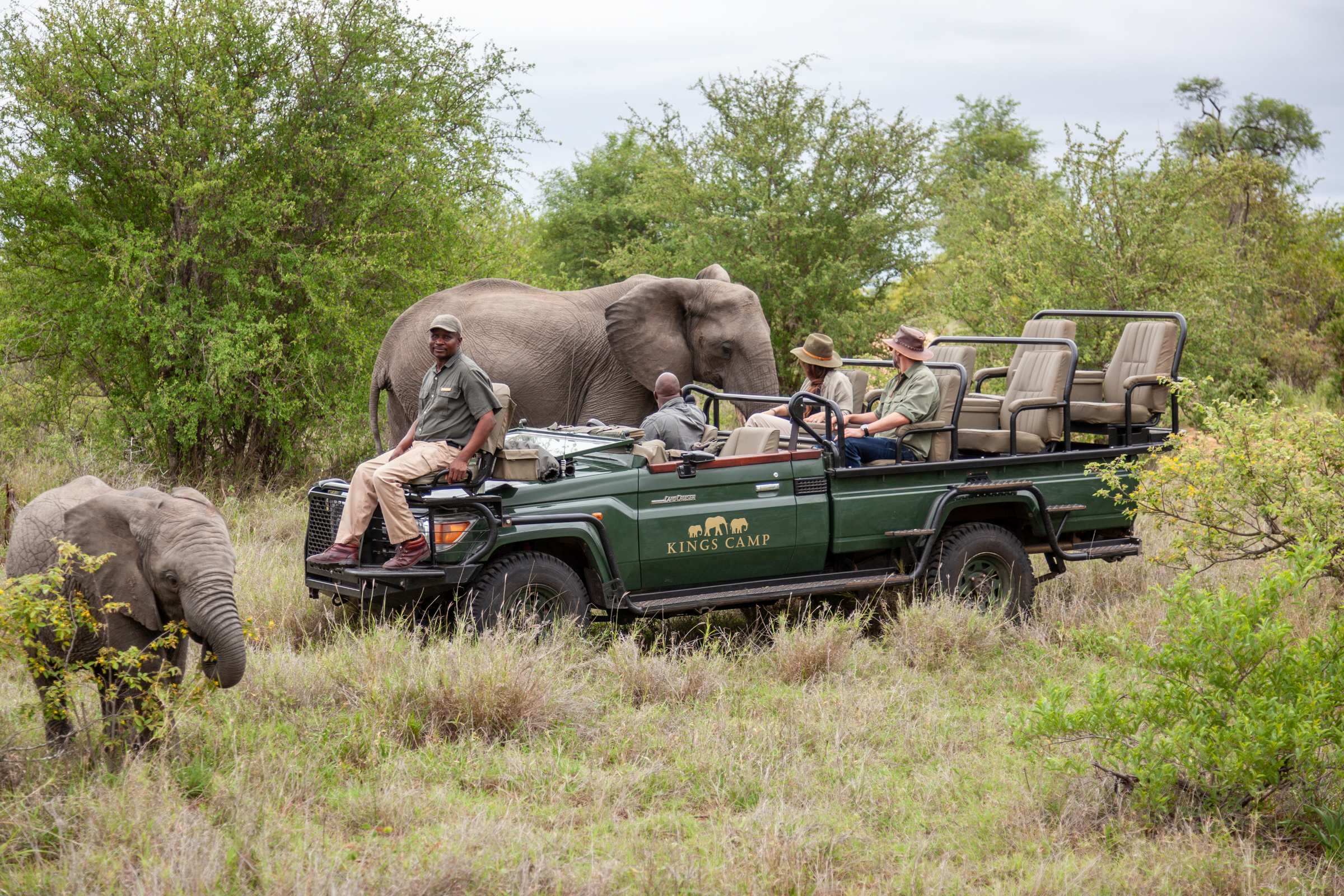
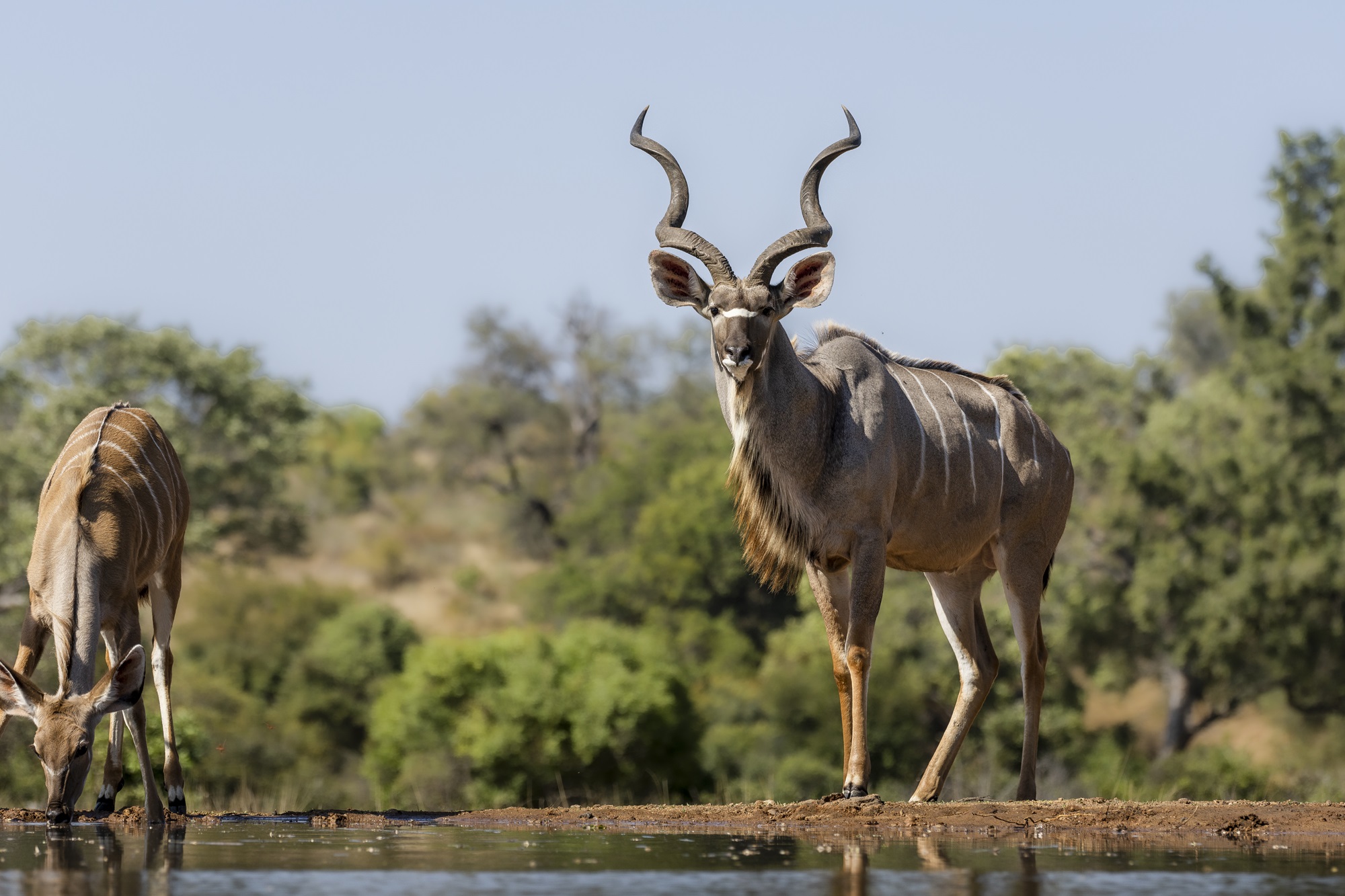
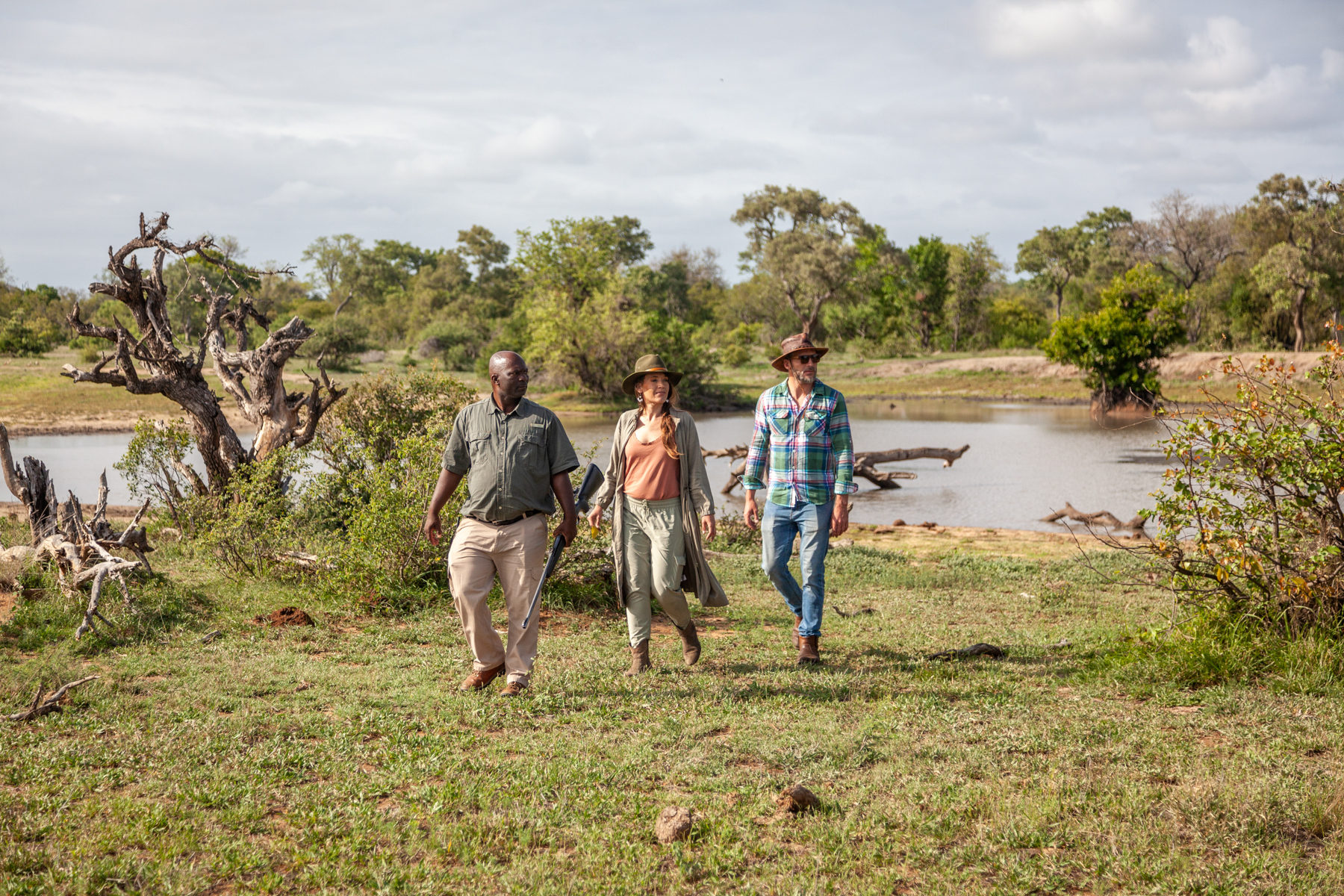
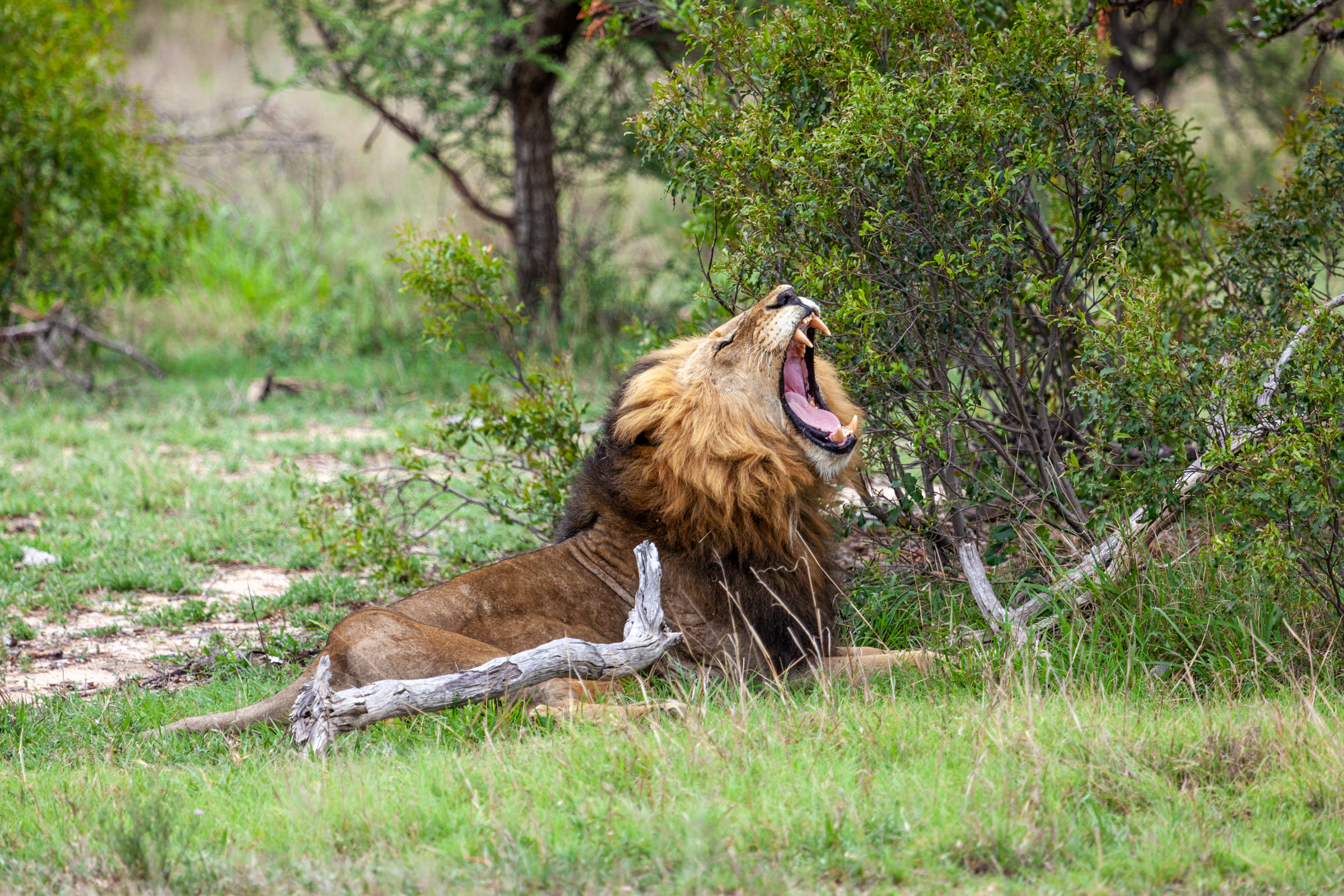
Adjoining the famous Kruger National Park which covers an area of 2.2 million hectares, the Timbavati Nature Reserve shares much of the incredible biodiversity that Kruger is known for. This unspoilt corner of Kruger, the Timbavati is home to an astonishing 500 bird species and nearly 150 mammal species. The Big 5 are just the start of the wildlife found in the Timbavati.
Take a look at our Animal Checklist below to see the incredible diversity of wildlife in the reserve. Facing an open savannah overlooking a waterhole, Kings Camp is perfectly positioned for guests to enjoy a wide variety of wildlife and birdlife both day and night.
Big 5 in the Timbavati
The Timbavati is known for consistent sightings of all of the Big 5 – lion, leopard, elephant, buffalo and rhino. Seeing the Big 5 within the Kruger National Park animals is significant, as it was in the region where the concept of the dangerous ‘Big 5’ was reimagined as a photographic safari term.
The Big 5 is a bucket-list item for most visitors on safari in Africa. In the Timbavati there is a good possibility of seeing the Big 5, as game can come and go as it pleases through unfenced boundaries. Limited visitor numbers in the Timbavati gives you excellent game viewing in an uncrowded area.
Other game viewing in the Timbavati
Game viewing in the Timbavati goes way beyond the Big 5. Today, there are nearly 150 mammal species, over 500 recorded bird species and a whopping 330 tree species in the region.
A highlight for many visitors is seeing African wild dog. Second only to the Ethiopian wolf, the wild dog is Africa’s most endangered predator. The lack of fences has allowed these nomadic dogs to flourish in the Timbavati and you will see the excitement on your guide’s face when there is news of a wild dog sighting.
Other game viewing highlights in Timbavati include cheetah, black-backed jackal, hyena, hippo, kudu, nyala, zebra, giraffe, warthog and many more.
Kings Camp Wildlife Sightings App
Record all your sightings with our brand new wildlife checklist app, downloadable for FREE from the Google Play Store. A comprehensive list of all the mammals, birds, trees, amphibians and reptiles you have the opportunity to spot and discover while on safari with us. The app will also be available on Apple Store soon, so keep an eye on our social media channels.
Conservation & Wildlife Management in the Timbavati
Since the lodge was established in the mid 90s, Kings Camp has been committed to practices that benefit both the local community and environmental conservation. The Timbavati Private Nature Reserve’s 54 300 hectares is a large wildlife area, with over 60km of game fencing, 120km of firebreak roads and an ecological division monitoring Kruger National Park animal populations and veld conditions as well as an anti-poaching team.
The Timbavati Conservation Fund is used to maintain the reserve and finance an important community outreach project – The Timbavati Foundation – actively promoting environmental education and sustainable development in local communities . You can find out more here.
Fantastic wildlife, coupled with a temperate climate, easy access from Johannesburg and some of the best safari lodges in the region makes it easy to understand why first timers and seasoned safari-goers return year after year to the Timbavati. Find our current specials here or get in touch with our friendly reservations team to enquire about your safari.
We look forward to welcoming you to Kings Camp.
Image credits:
Neil Coetzer
Cathan Moore
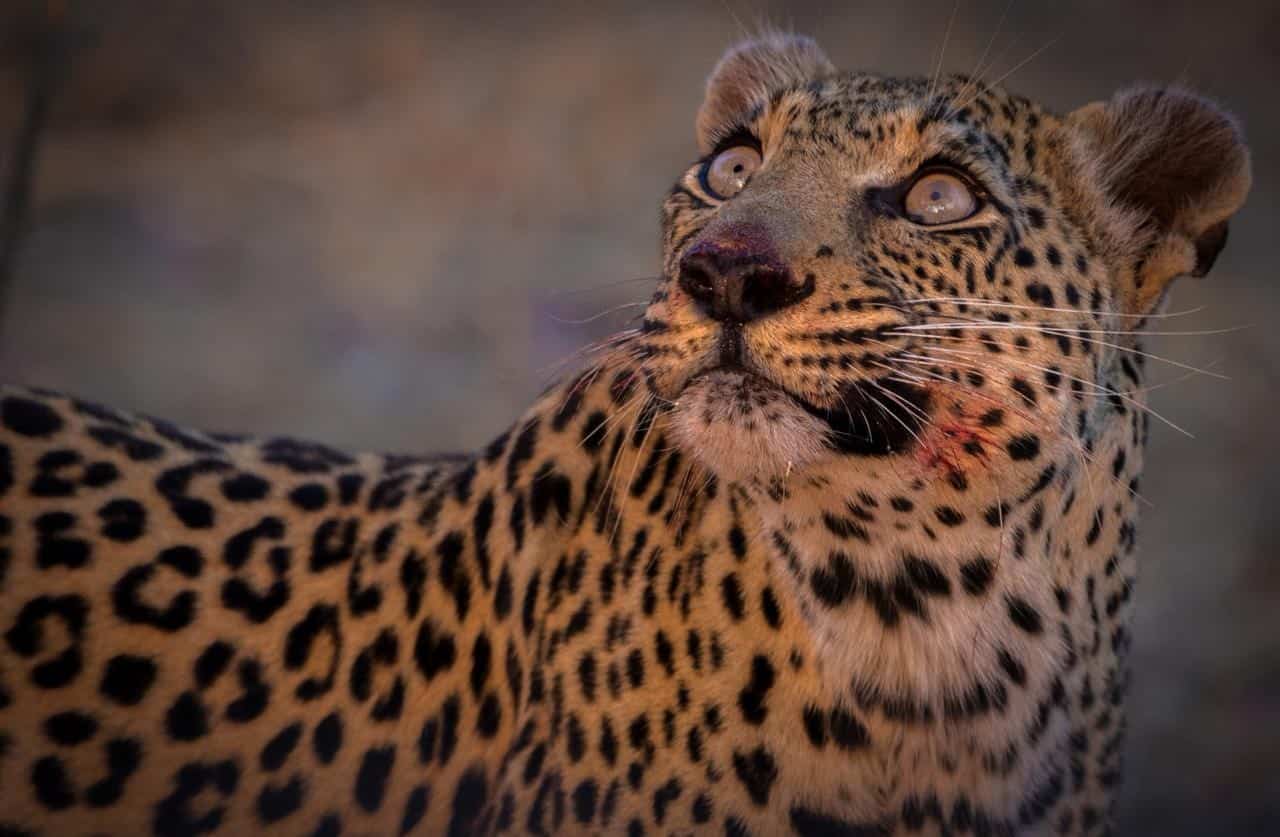
10 things you didn’t know about Leopards
One of the famous Big 5, leopards are one of the highlights of a game viewing safari in South Africa. Unfortunately, they’re also one of the most elusive cats in the Animal Kingdom and thus, the hardest to see. Here are 10 things you may not know about leopards.
1. They can see 7 times better in the dark than humans
Like most animals, the pupil of a leopard’s eye constricts or dilates according to the amount of light that enters the eyes. Because of their adapted retinas, leopards can see seven times better in the dark than humans, making them exceptional nocturnal hunters.
2. Their tail is almost as long as their body
Leopards make use of their very long tails for a variety of different functions such as expressing their mood, as a form of communication and for enhanced movement. Their prehensile-like tails act like an additional limb, allowing leopards to increase their balance when climbing and giving more ability to turn sharply when chasing prey, like a rudder.
3. They are the most widely distributed cat in Africa
Although difficult to spot on safari, leopard numbers are said to be higher than any other big cat species in Africa. Leopards can be found in a variety of habitats ranging from desert to equatorial forests, high mountains to coastal regions, although they prefers woodlands or grasslands. Leopards have also been spotted on the outskirts of large cities like Harare, Johannesburg and Nairobi. They are found throughout sub-Saharan Africa, as well as in Russia, China, India, Sri Lanka and in Southwest Asia.
4. They are solitary creatures
Leopards are solitary animals, preferring to live alone for most of their lives. Exceptions to this rule include when a mother rears her cubs, when males and females mate and when males come into contact with rivals, as seen above.
5. They will eat almost anything
A leopard’s prey options are surprisingly wide and can include antelopes, baboons, rodents, carrion, fish, reptiles, birds, hares, hyraxes, warthogs, monkeys and porcupines. Leopards often drags the killed prey into trees to prevent it from being stolen by lions and hyenas. Leopards often drag carcasses up into trees away from other predators. They can carry up to 3 times their body weight.
6. They are born with blue eyes
Leopard cubs are born blind and their eyes only open after a few days – bright blue in colour. Their mother usually hides them in a secret den for the first few weeks of life. The cubs are also born without a clearly spotted coat, the iconic spots only begin to develop after a few days.
7. They mate for a really long time
Leopards and lions have very similar mating rituals which, on average, has them mating every 15 minutes for up to 5 days. This means that they can mate more than 250 times and there is good reason behind this. Unlike humans, female leopards require a stimulus to start ovulation. The non-stop affair stimulates the female to ovulate and as the mating ritual continues she will produce eggs.
8. Pound for pound, the strongest cats in the Animal Kingdom
Pound for pound, leopards are the strongest cats in Africa. Even though they are the smallest of the ‘big cats’ They are so strong, they have the ability to hoist a carcass of up to 50kg into a tree.
9. Black leopards exist
Not to be confused with panthers, there are also black leopards that can be found in Africa. Black leopards have a rosette pattern on their fur while black panthers are completely black. The difference in colour is not indicative of a separate sub-species, but rather dominance of the dark-coloured pigment melanin in the skin (basically the opposite of albinism).
10. They are expert navigators
Leopards have astonishing navigation powers and an incredibly strong homing device. Their ability to orientate themselves, makes it very tricky to relocate these animals, as they often will return to the same areas.
For more information about where to see leopards on safari, please don’t hesitate to contact our reservations team for a quote to stay at Kings Camp in the Timbavati. We look forward to welcoming you to the Lowveld of South Africa.
Image credits:
Field guide, Neil Coetzer
Cathan Moore
Vicky Reed
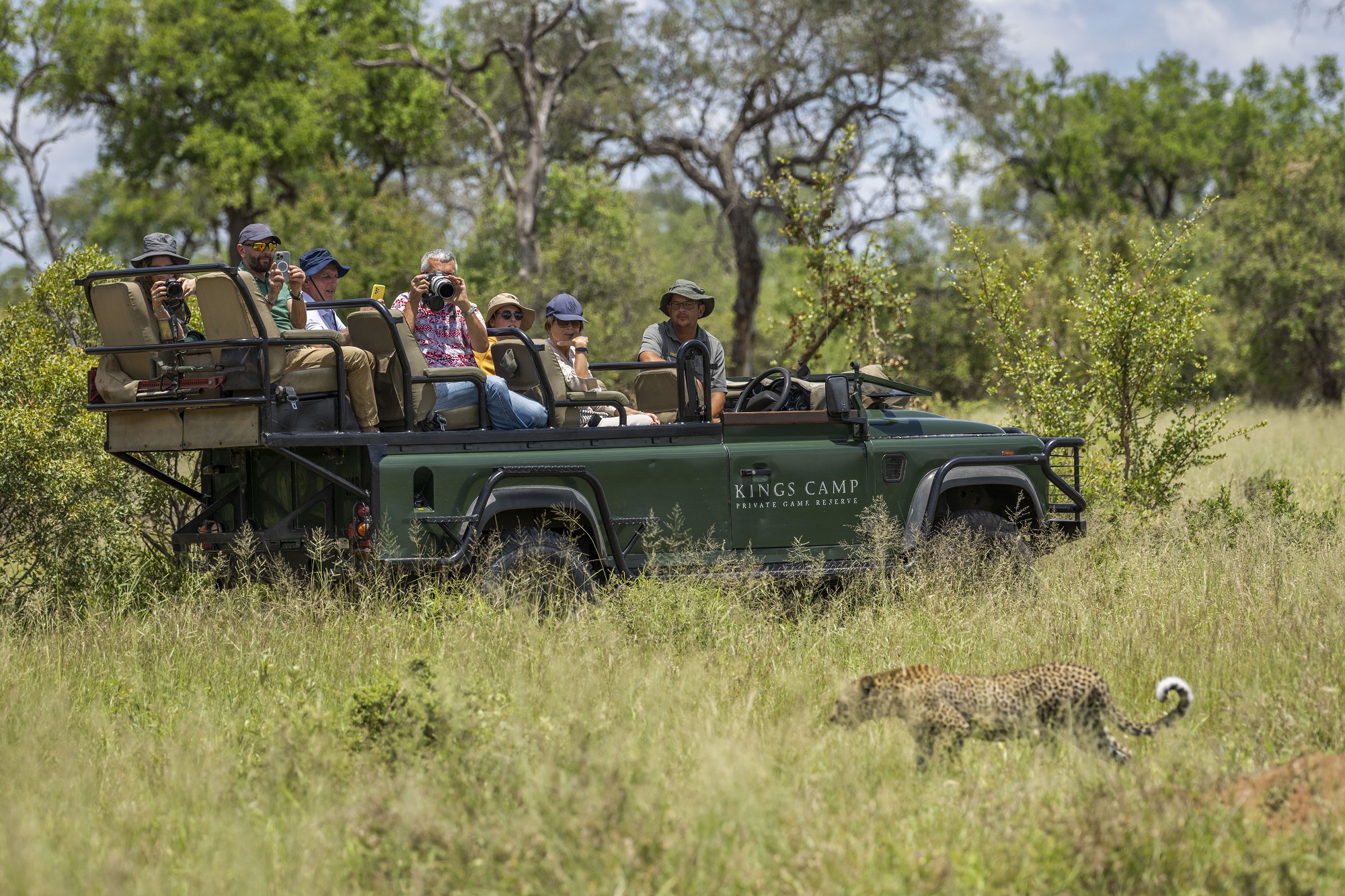
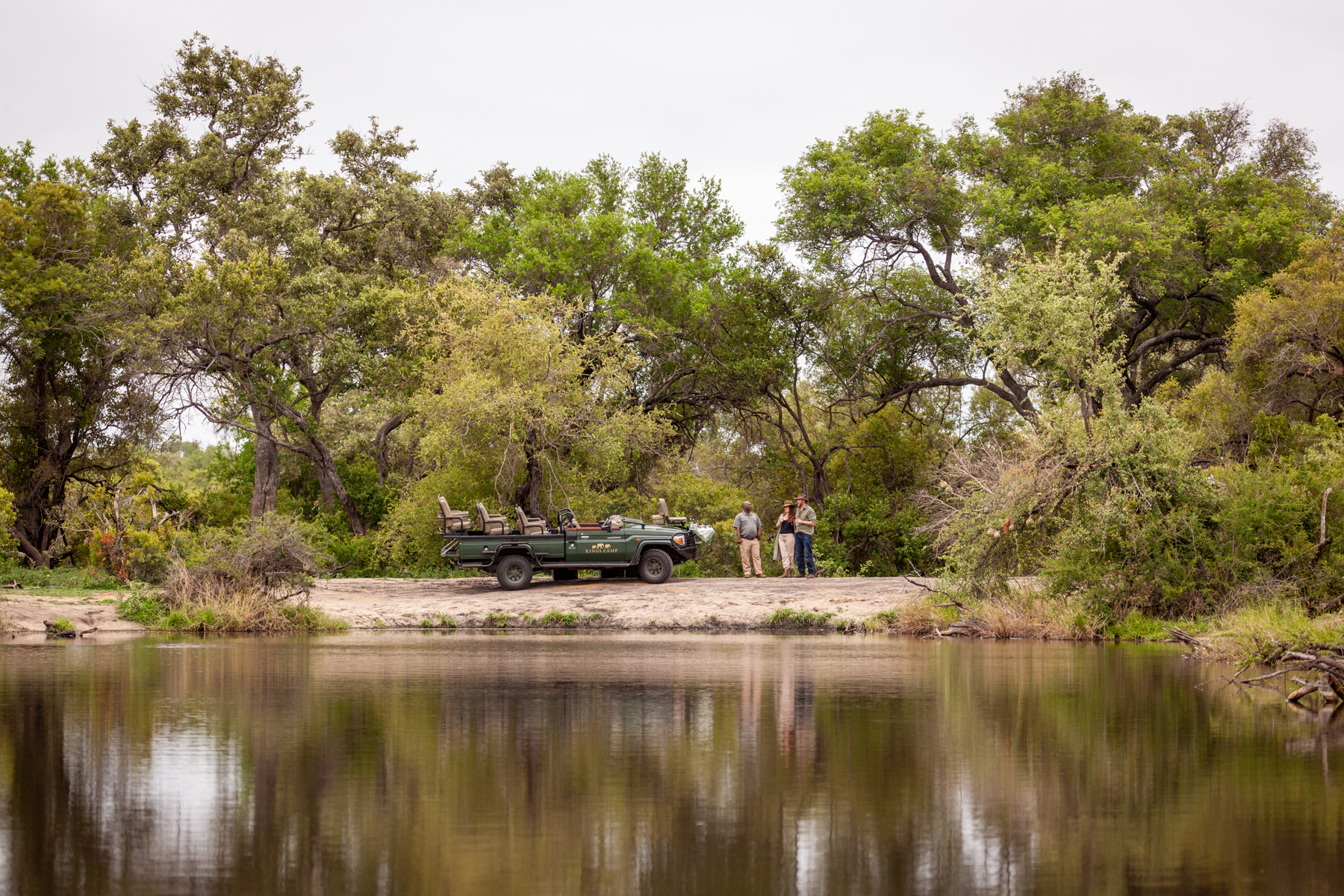
There are a number of ways to arrive at your next Timbavati safari. Whether you’re looking to drive to the Timbavati, fly in to the charming Hoedspruit Airport, or charter your own private plane, we’ve outlined a small guide for getting to Kings Camp. Take a look at the best options for getting to Kings Camp below. Continue reading “Getting to Kings Camp”